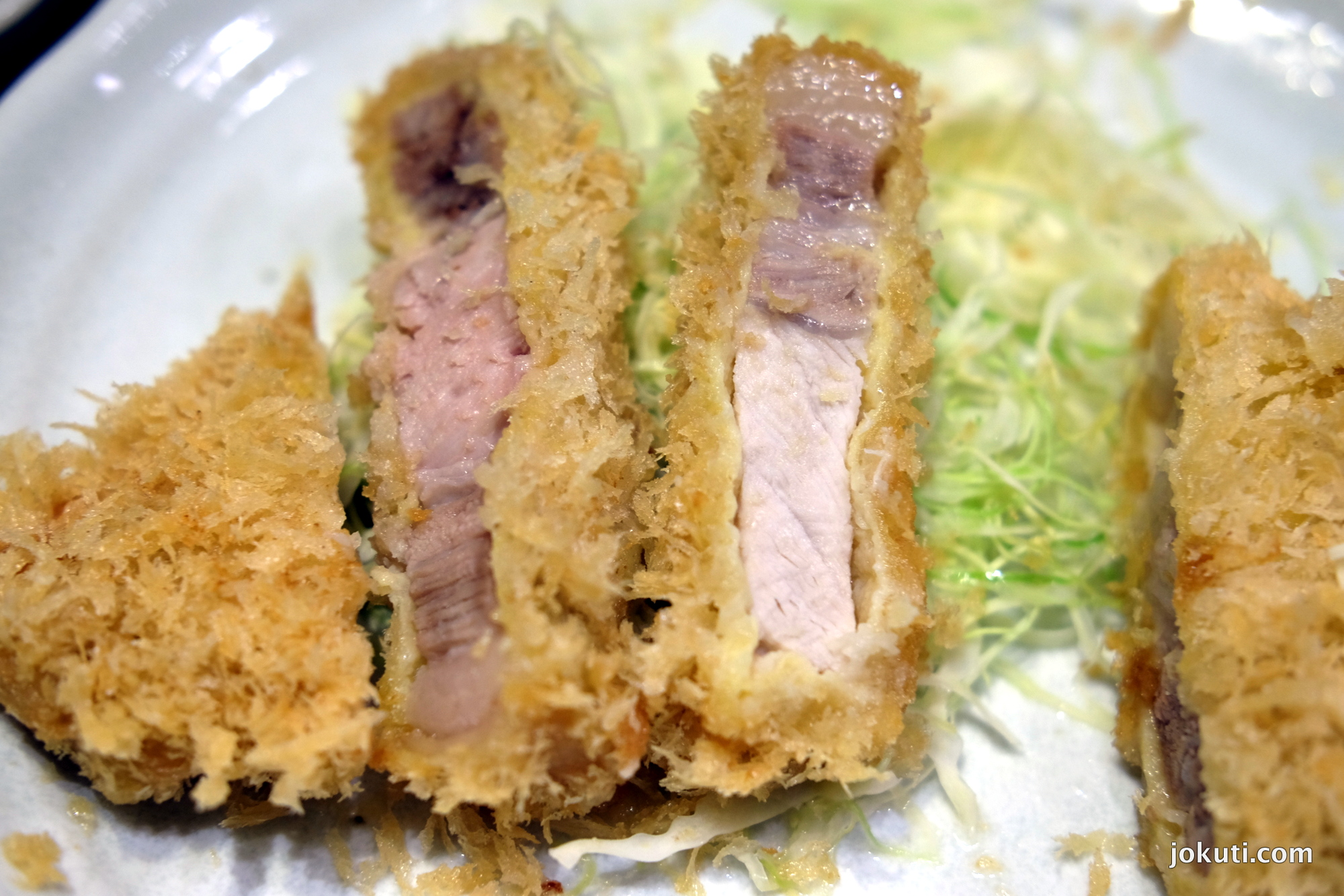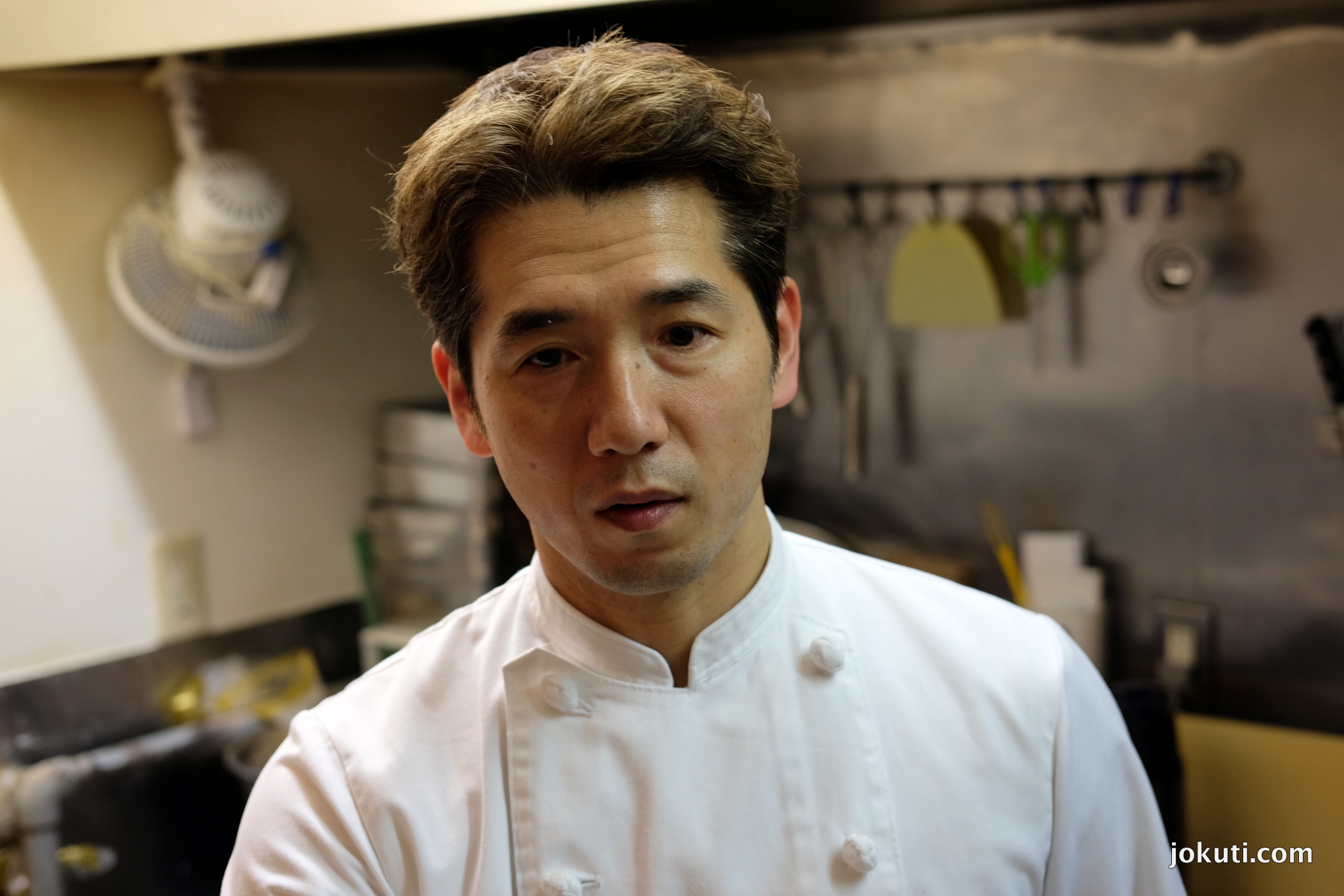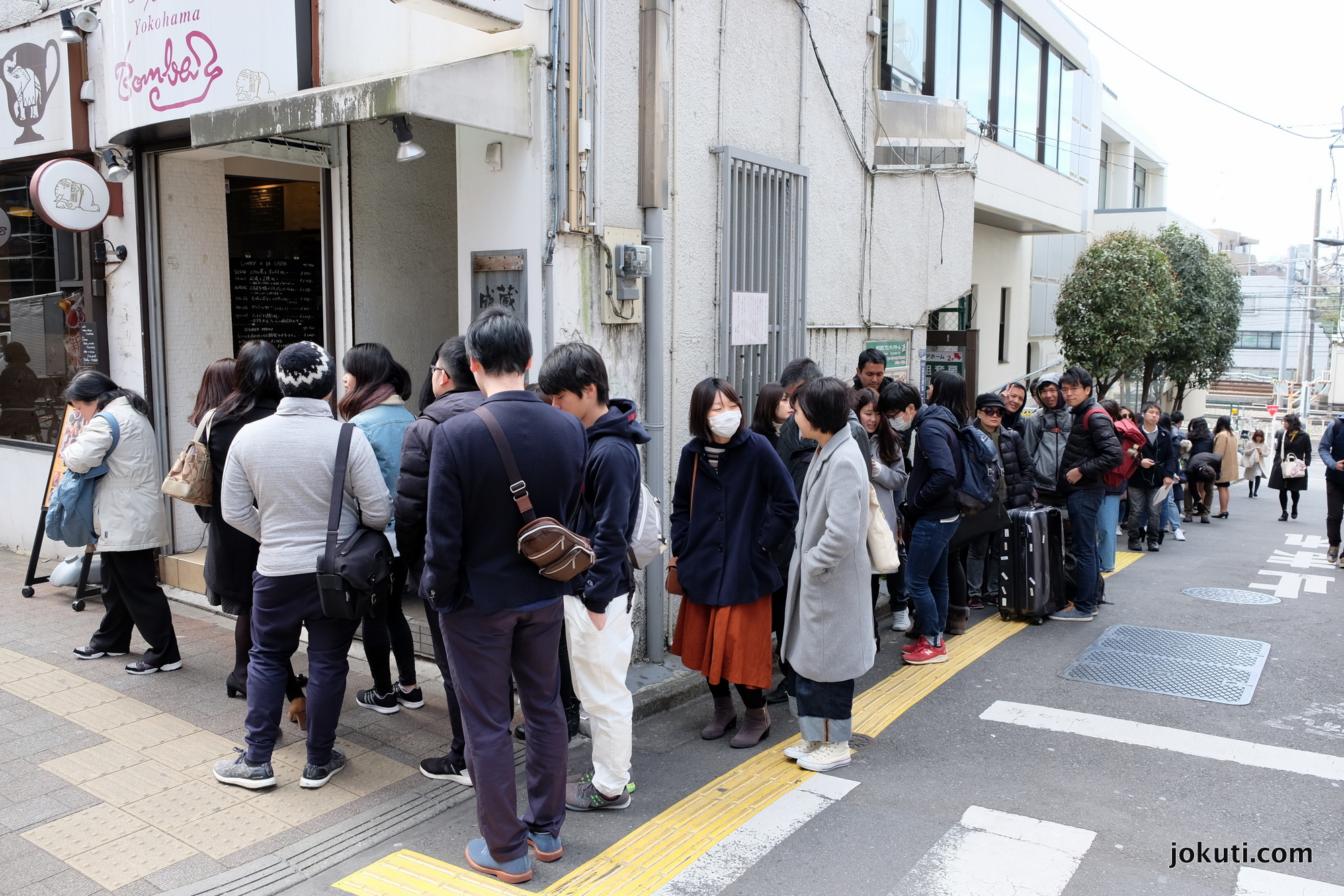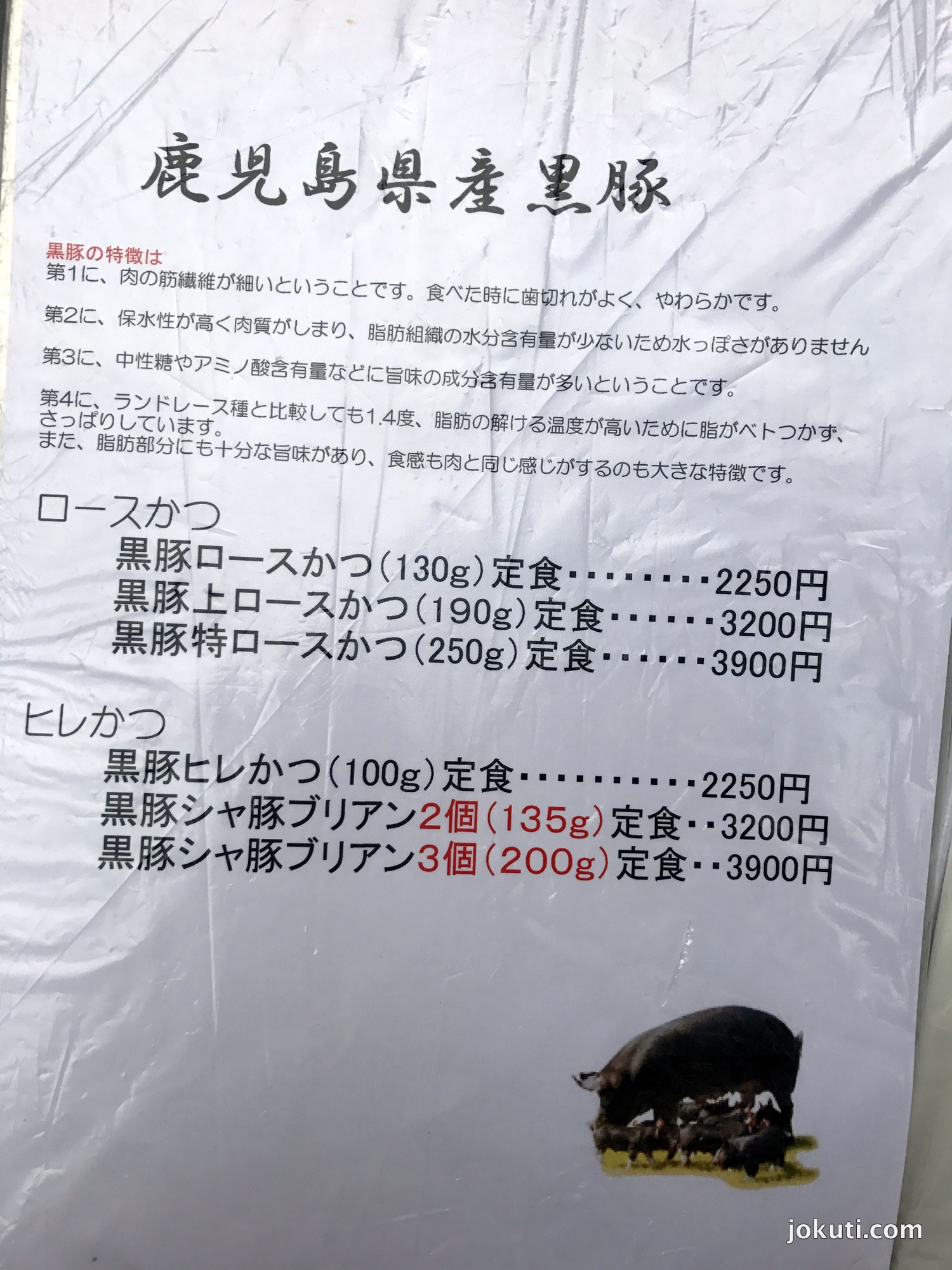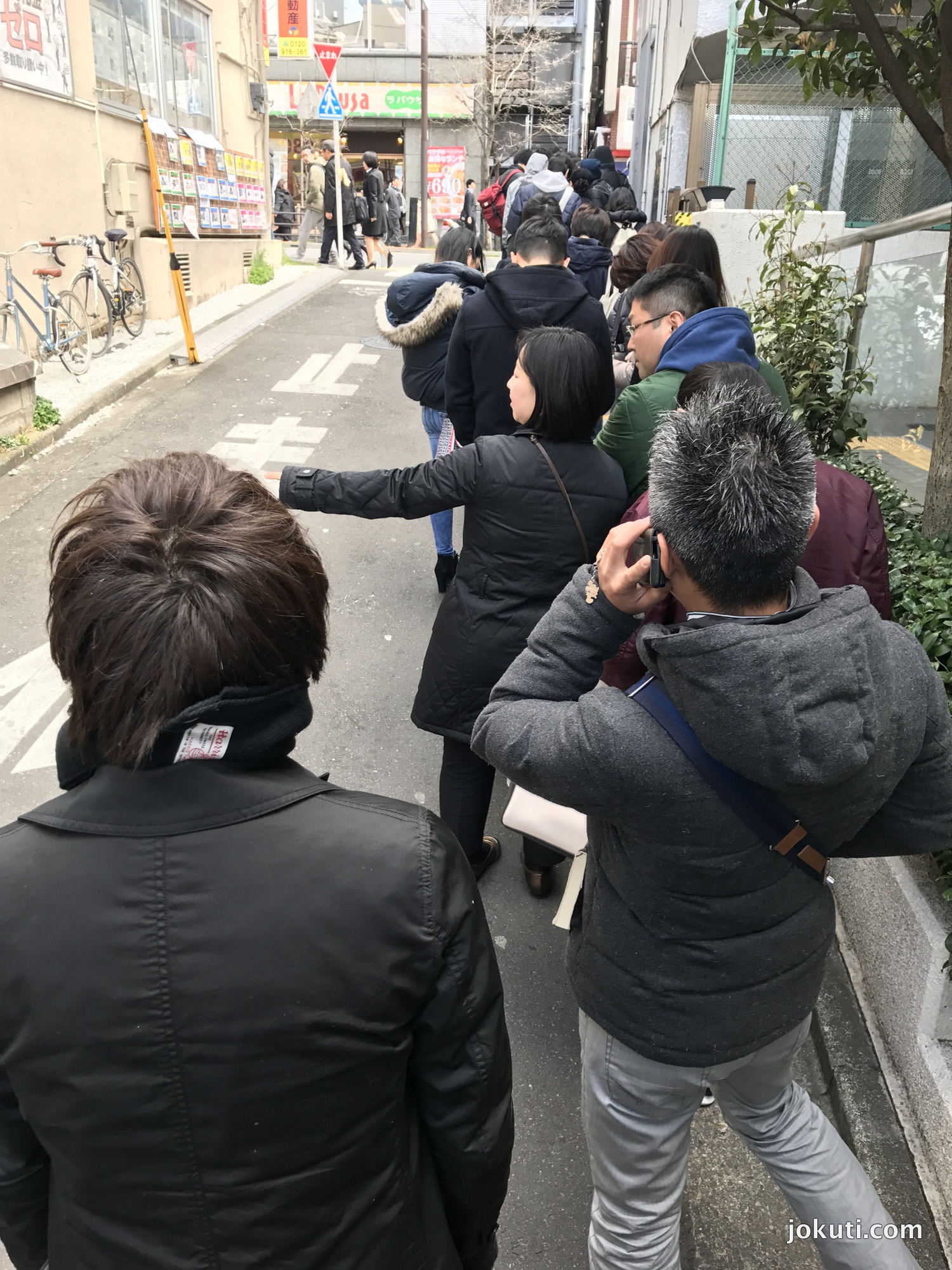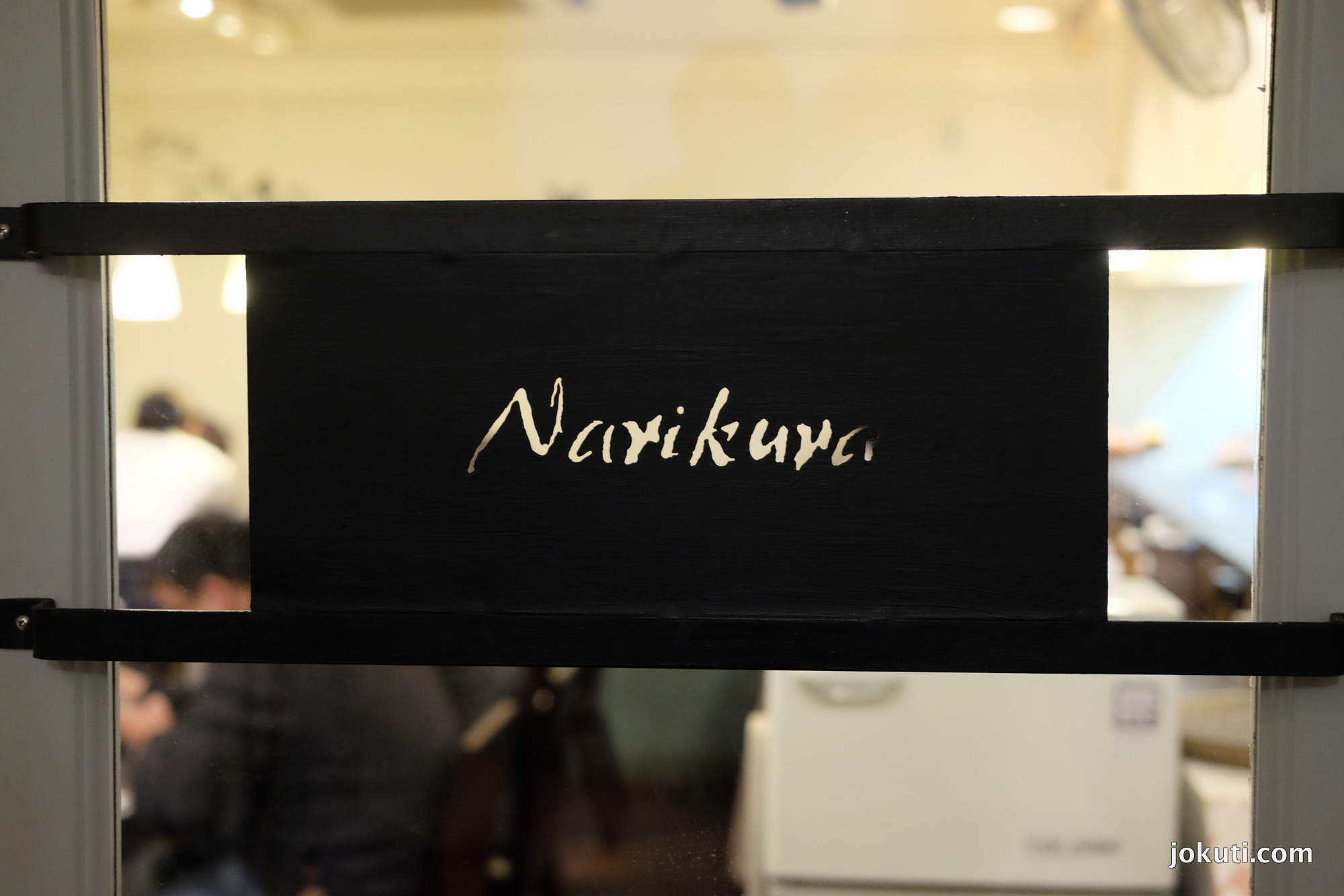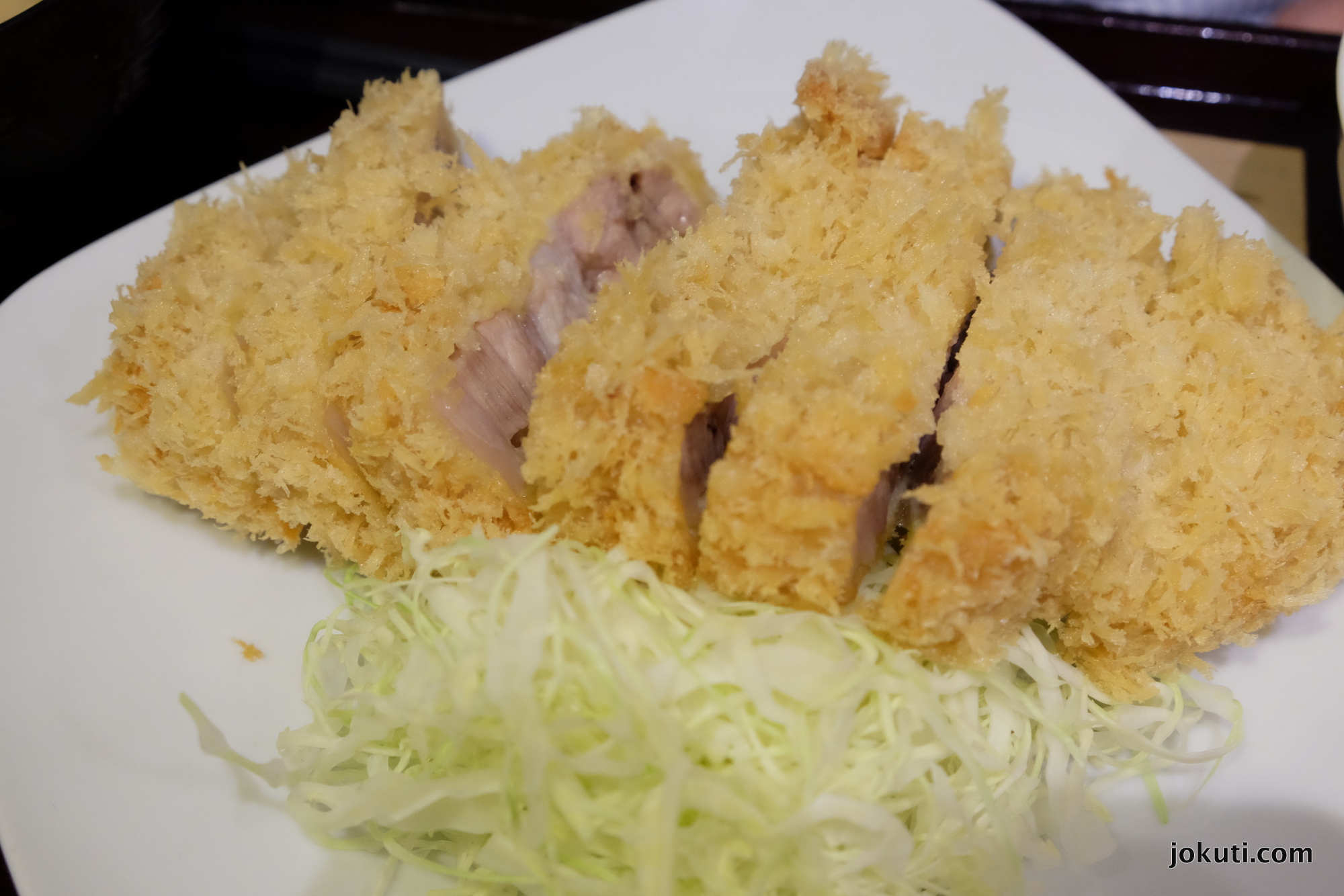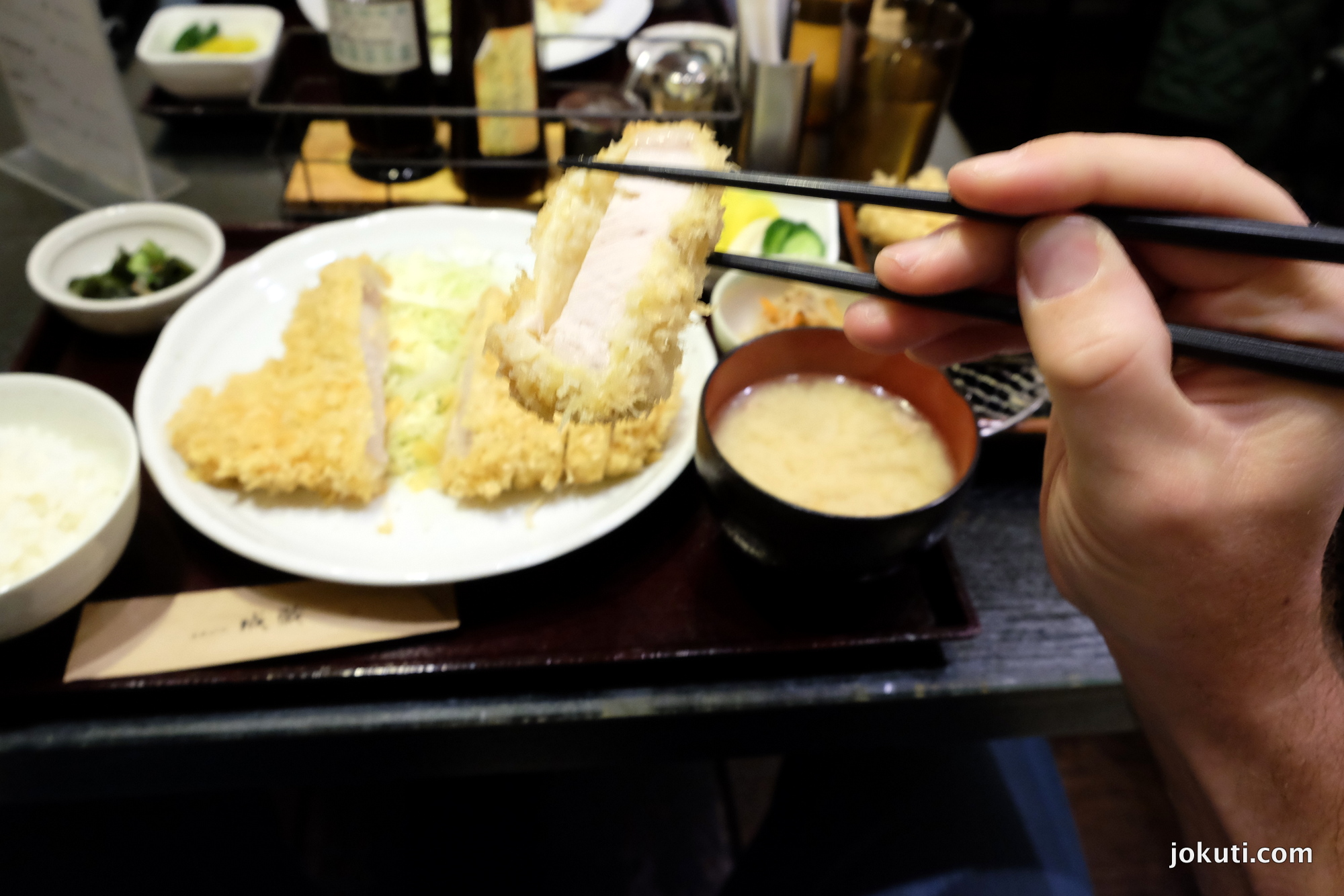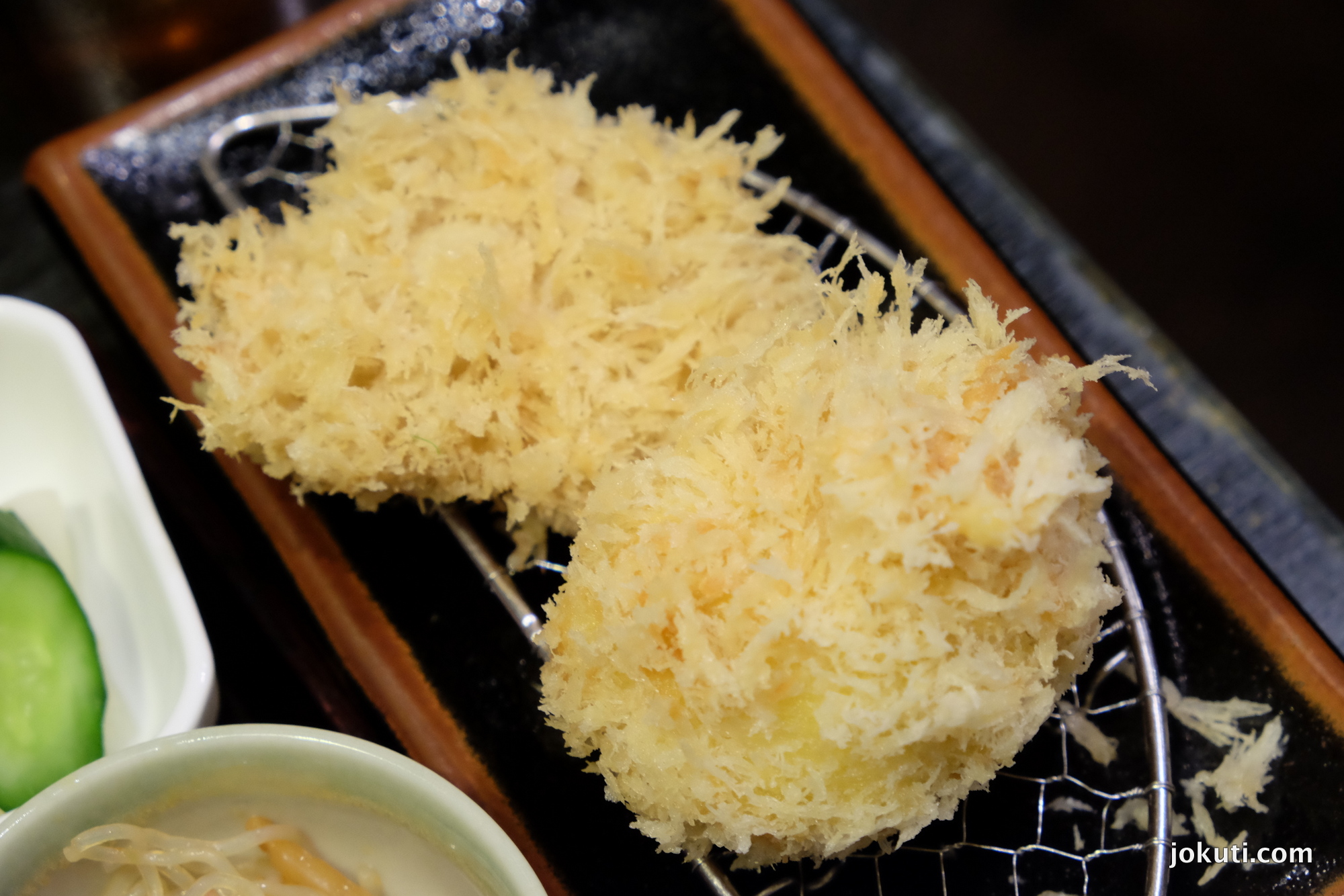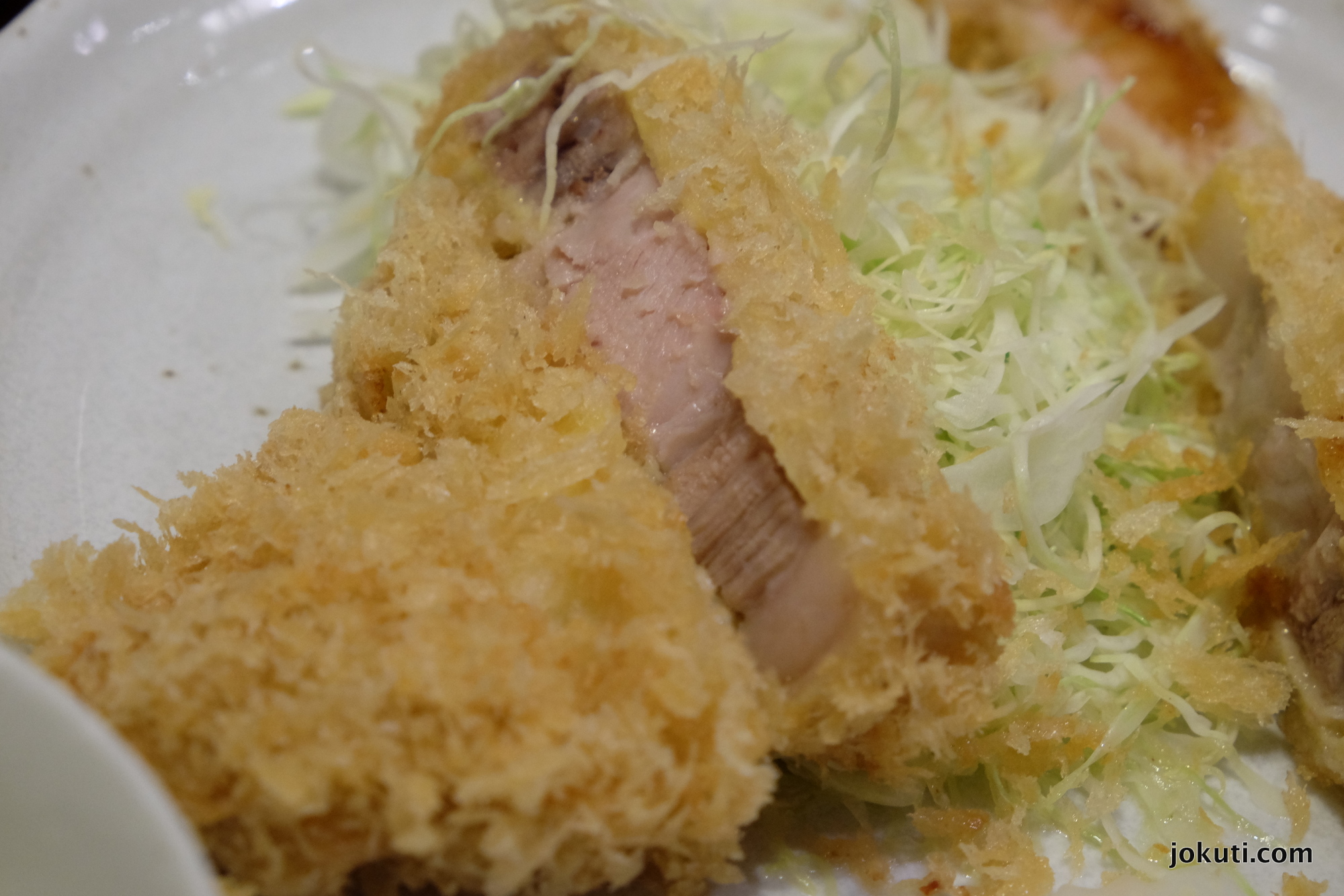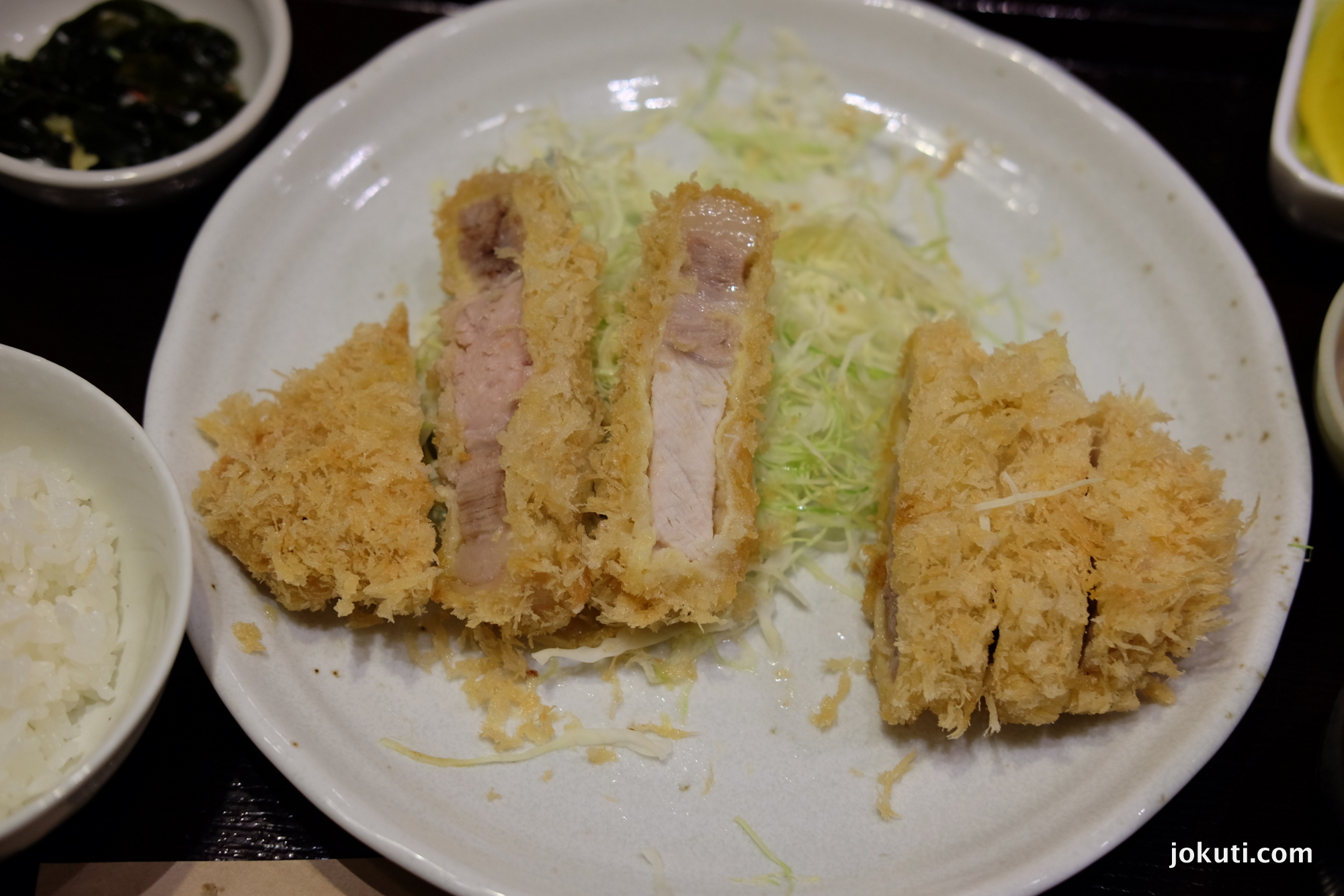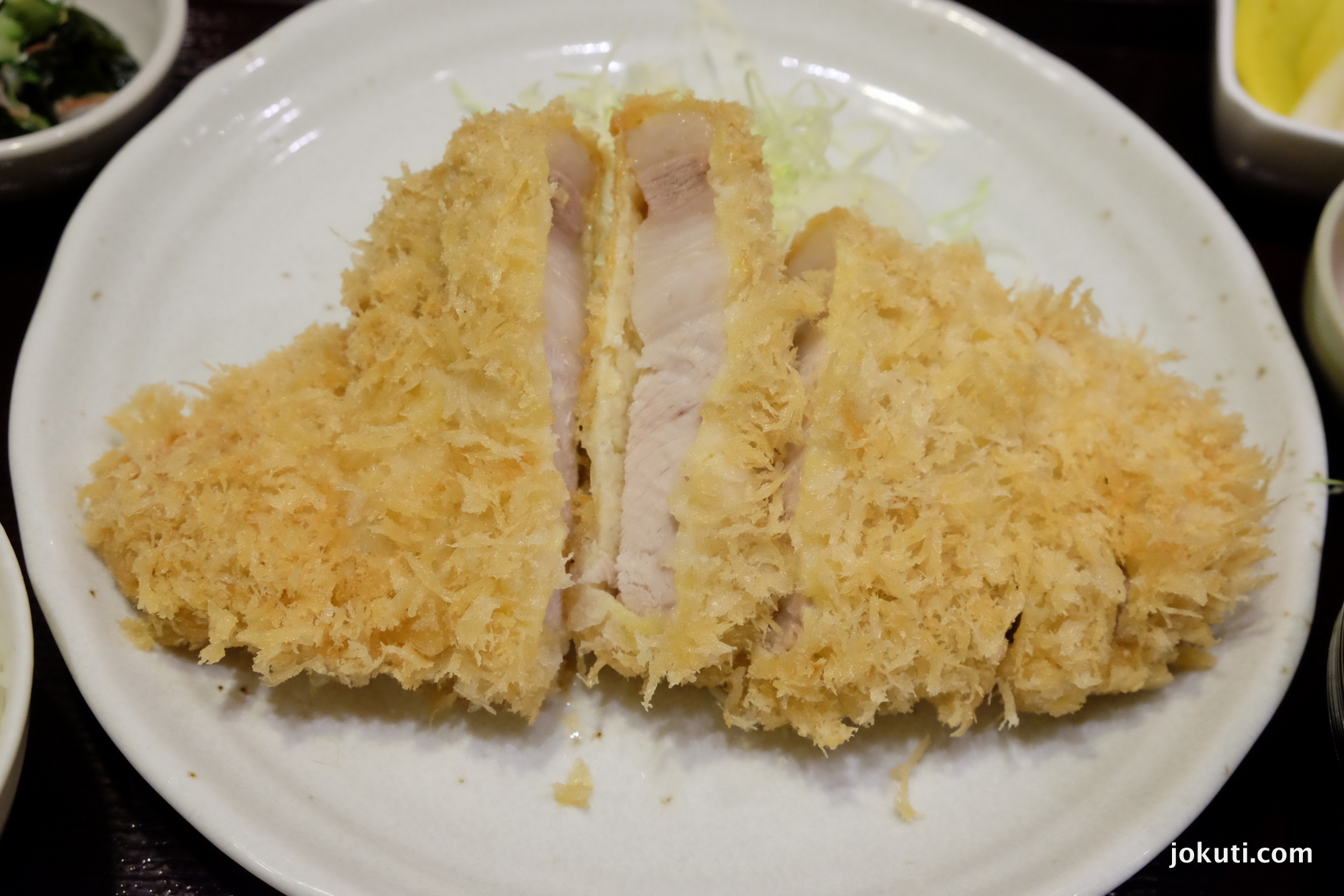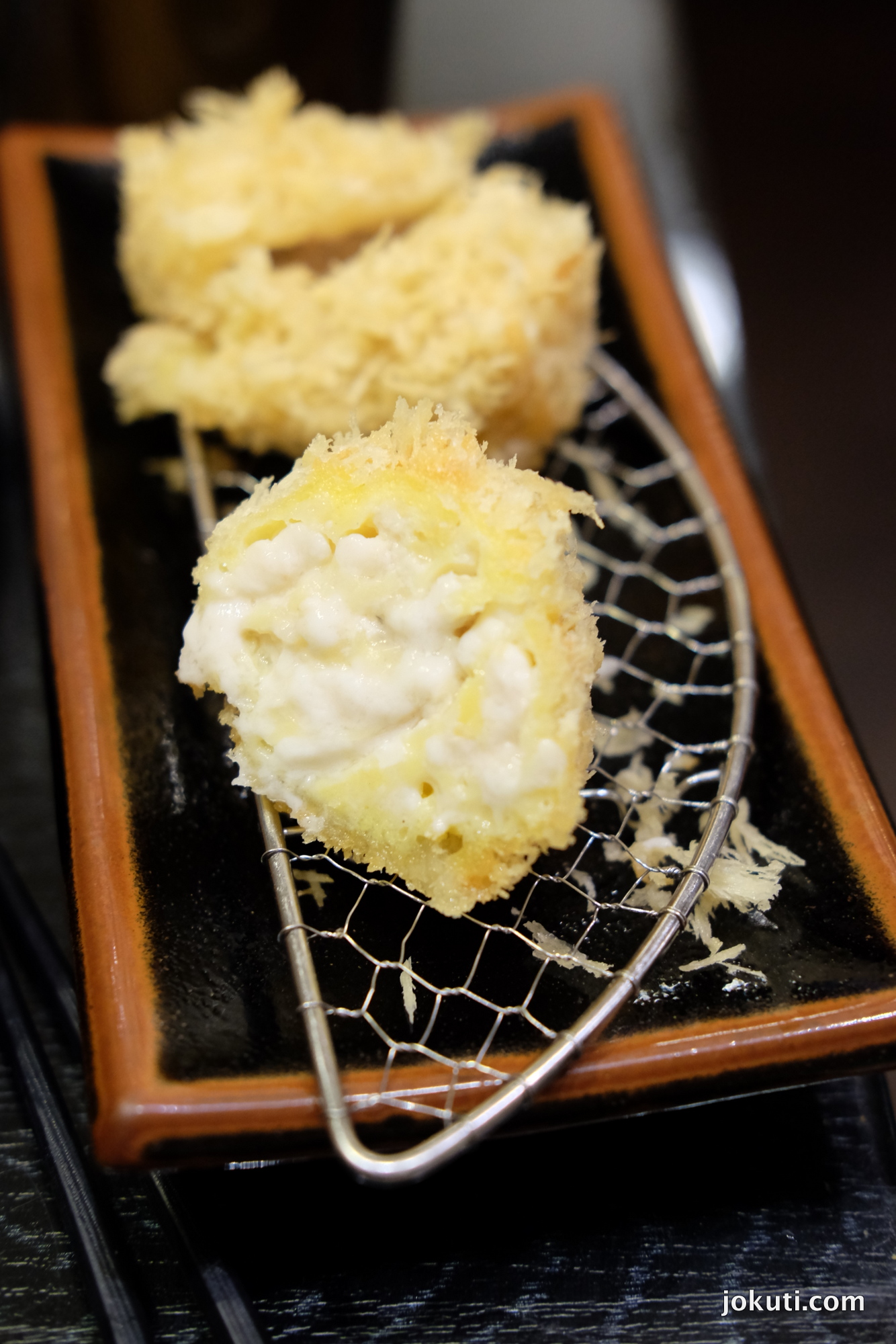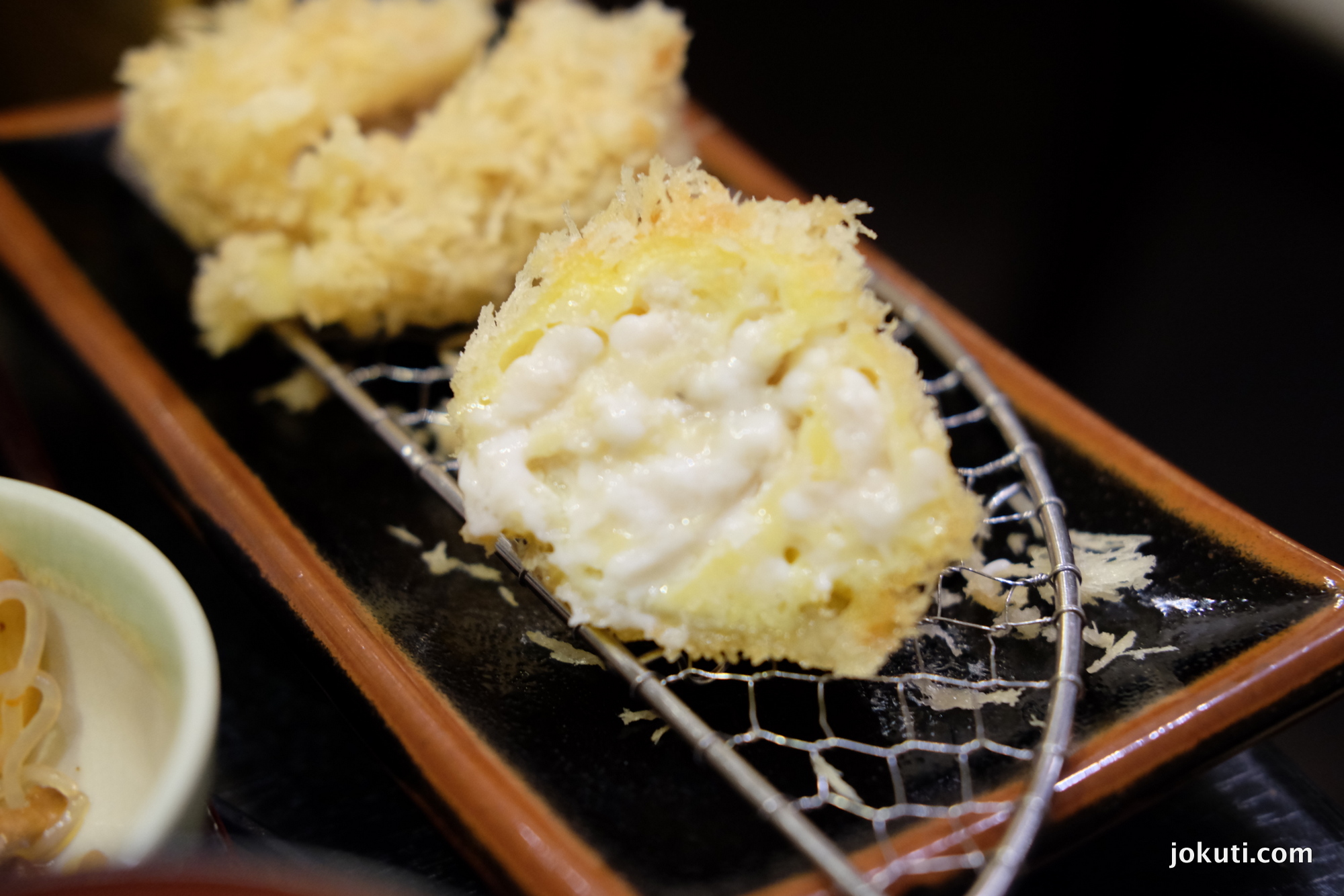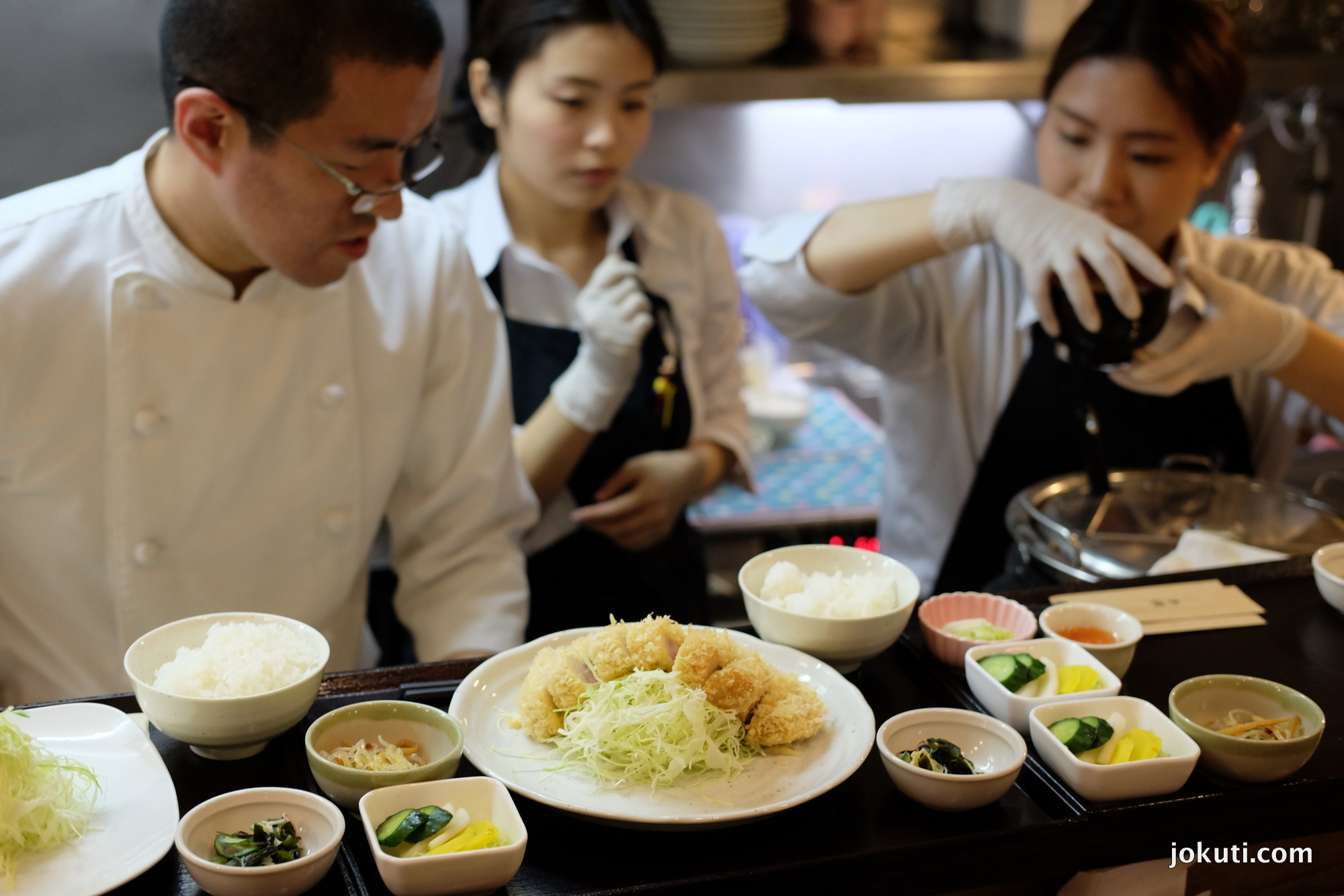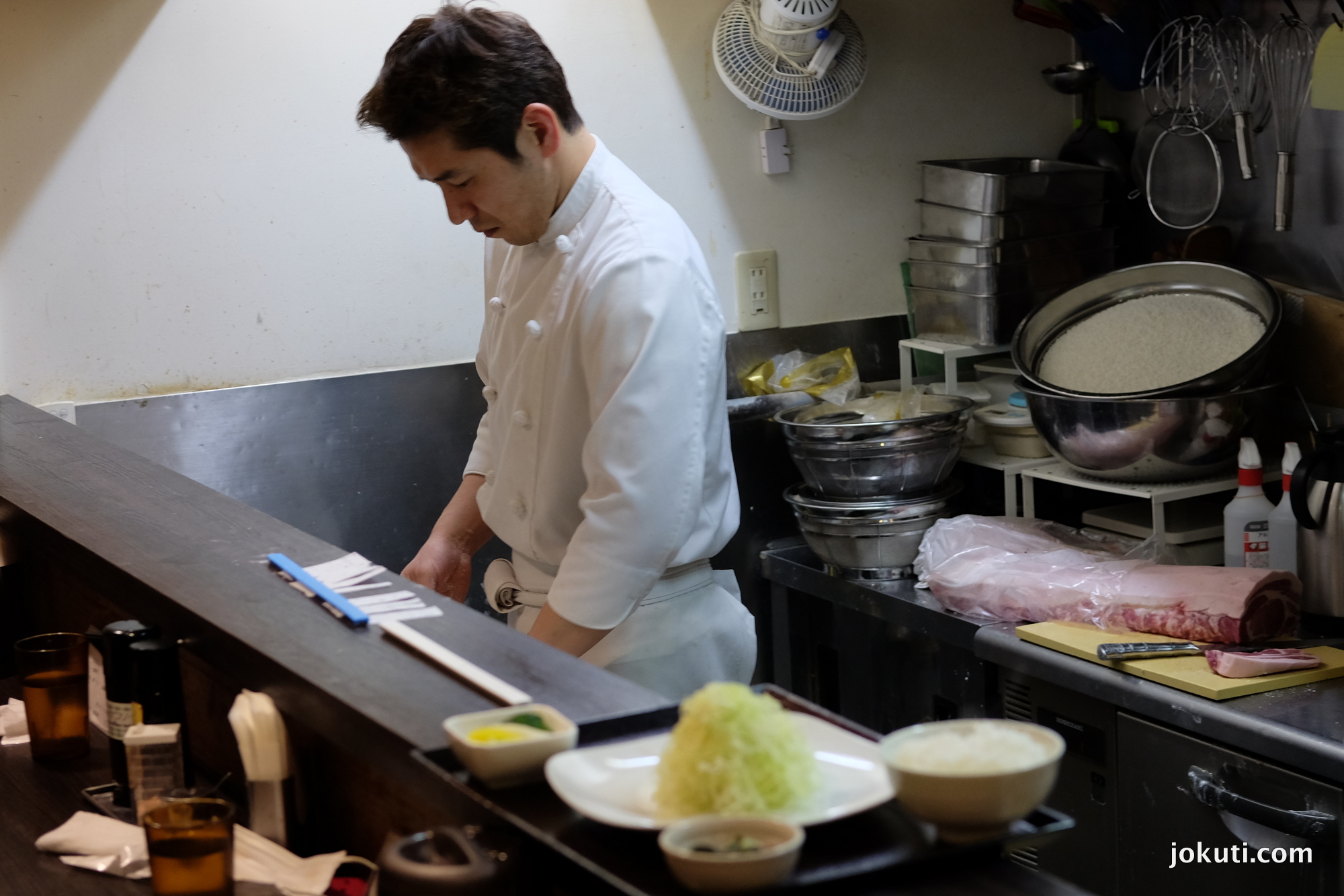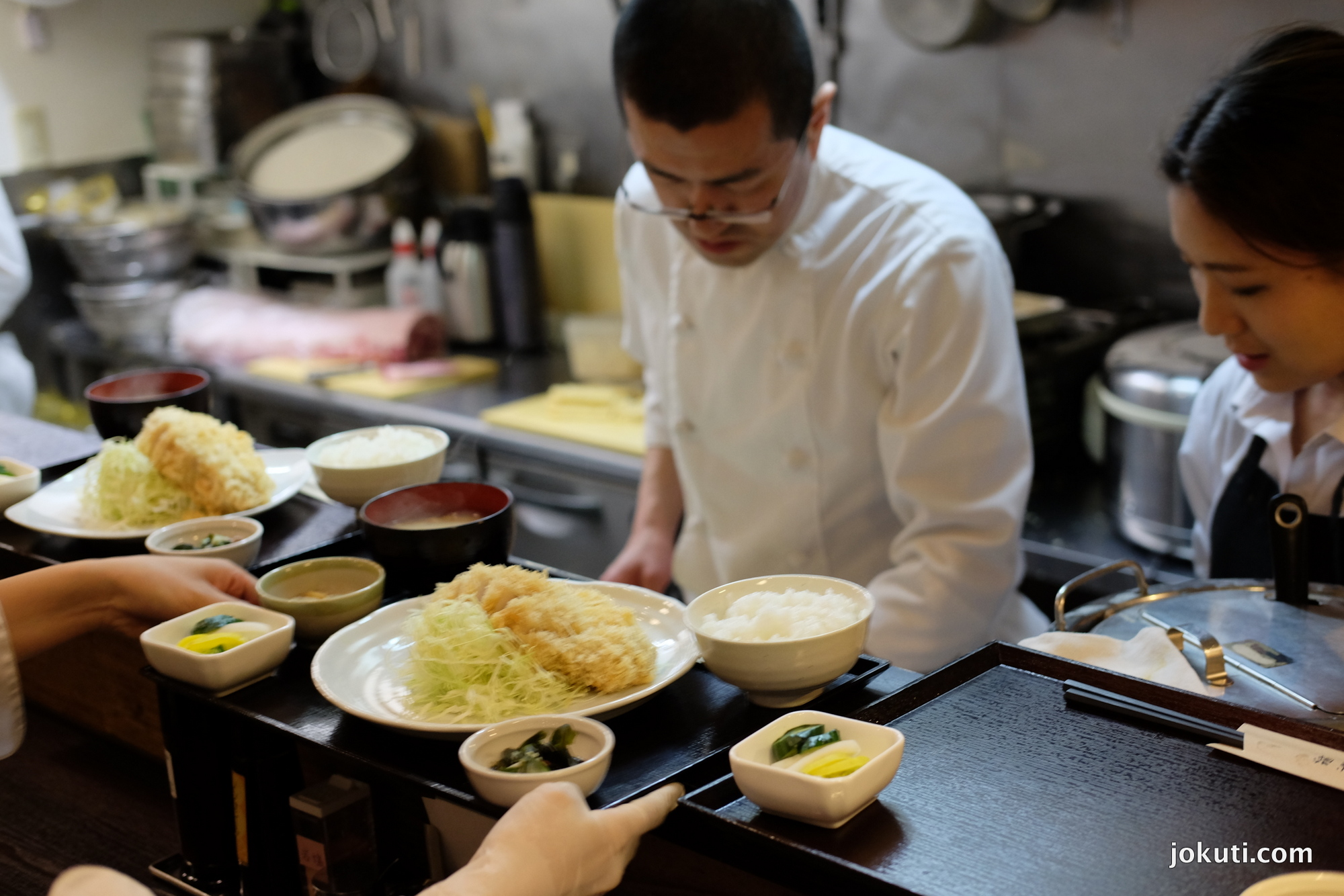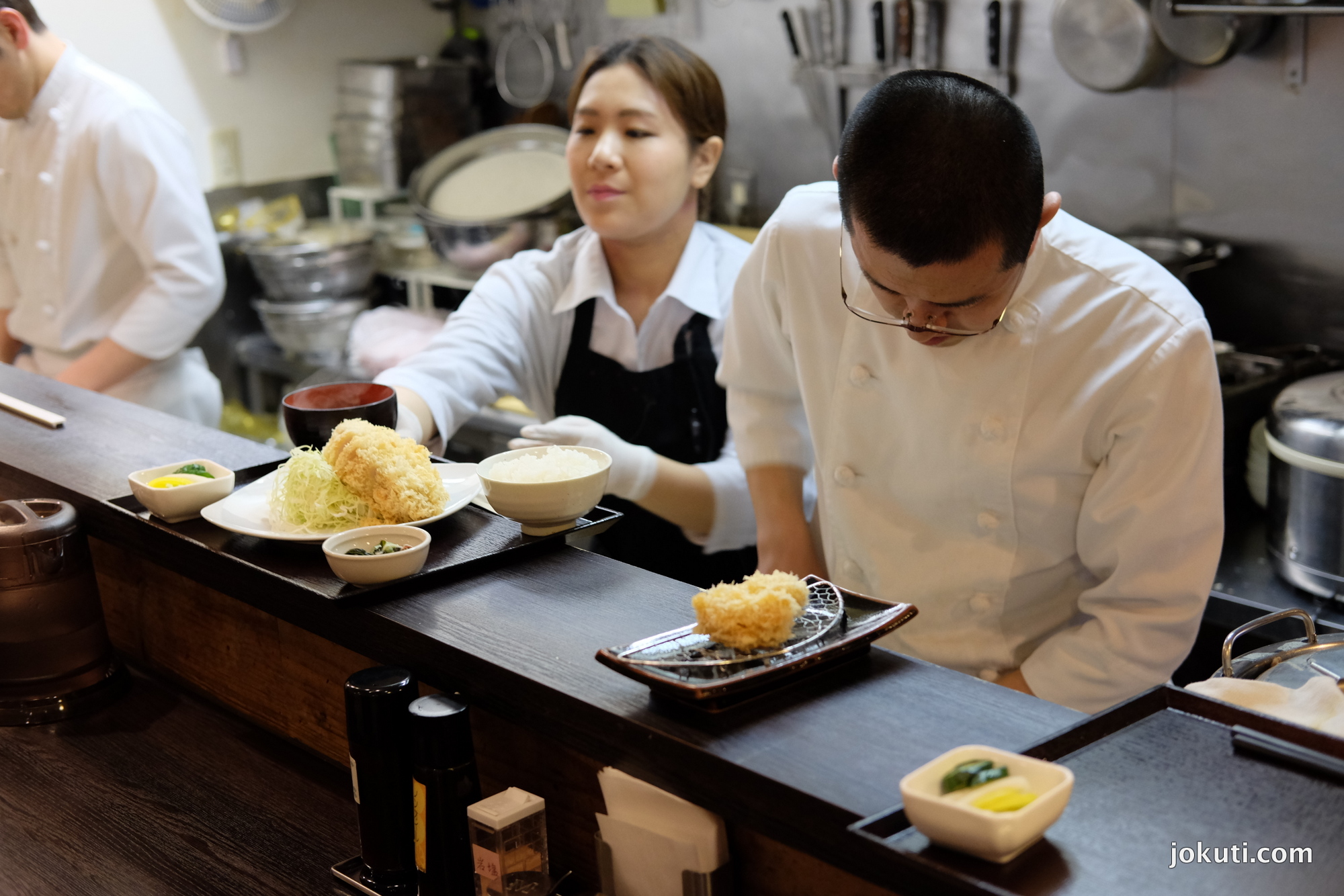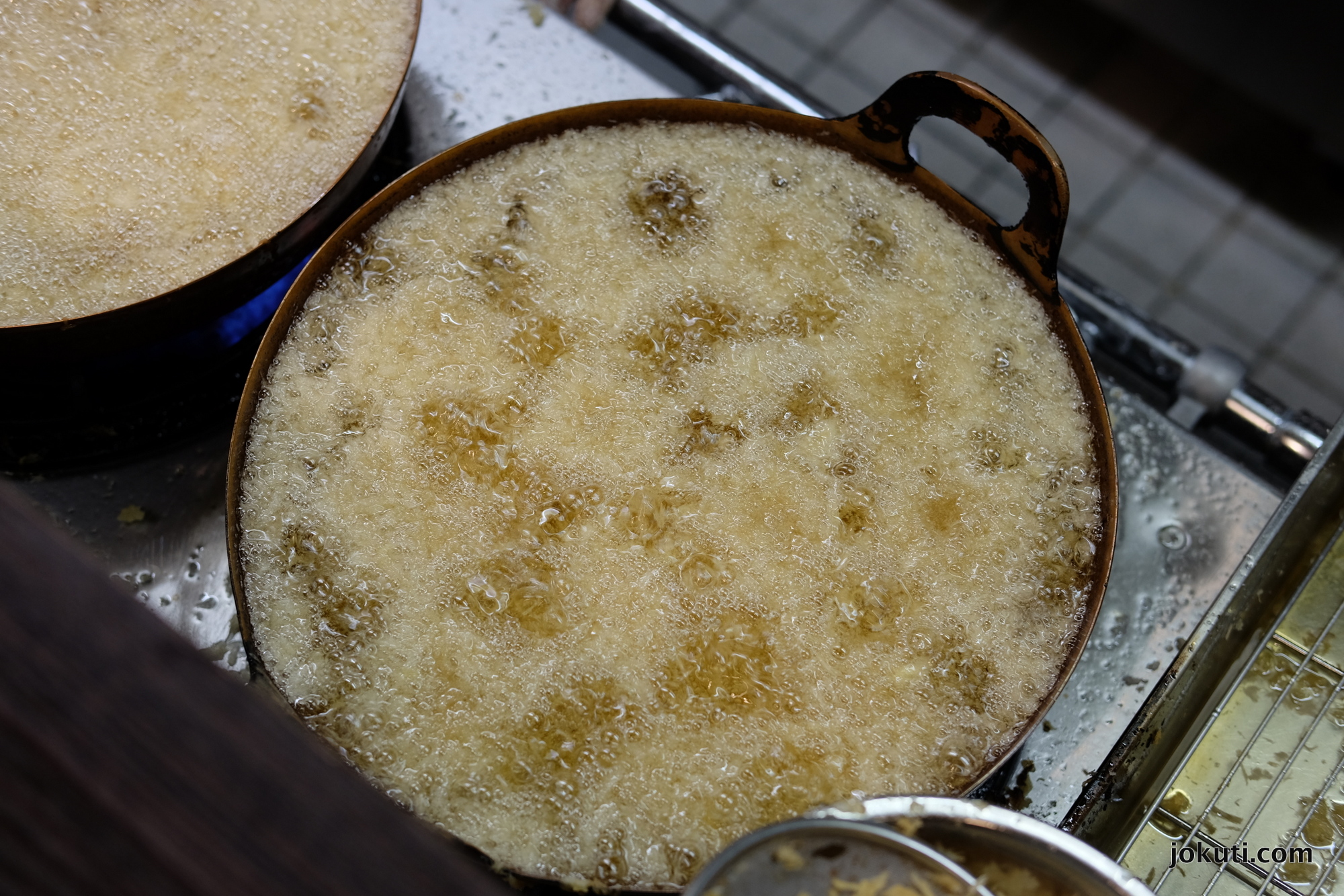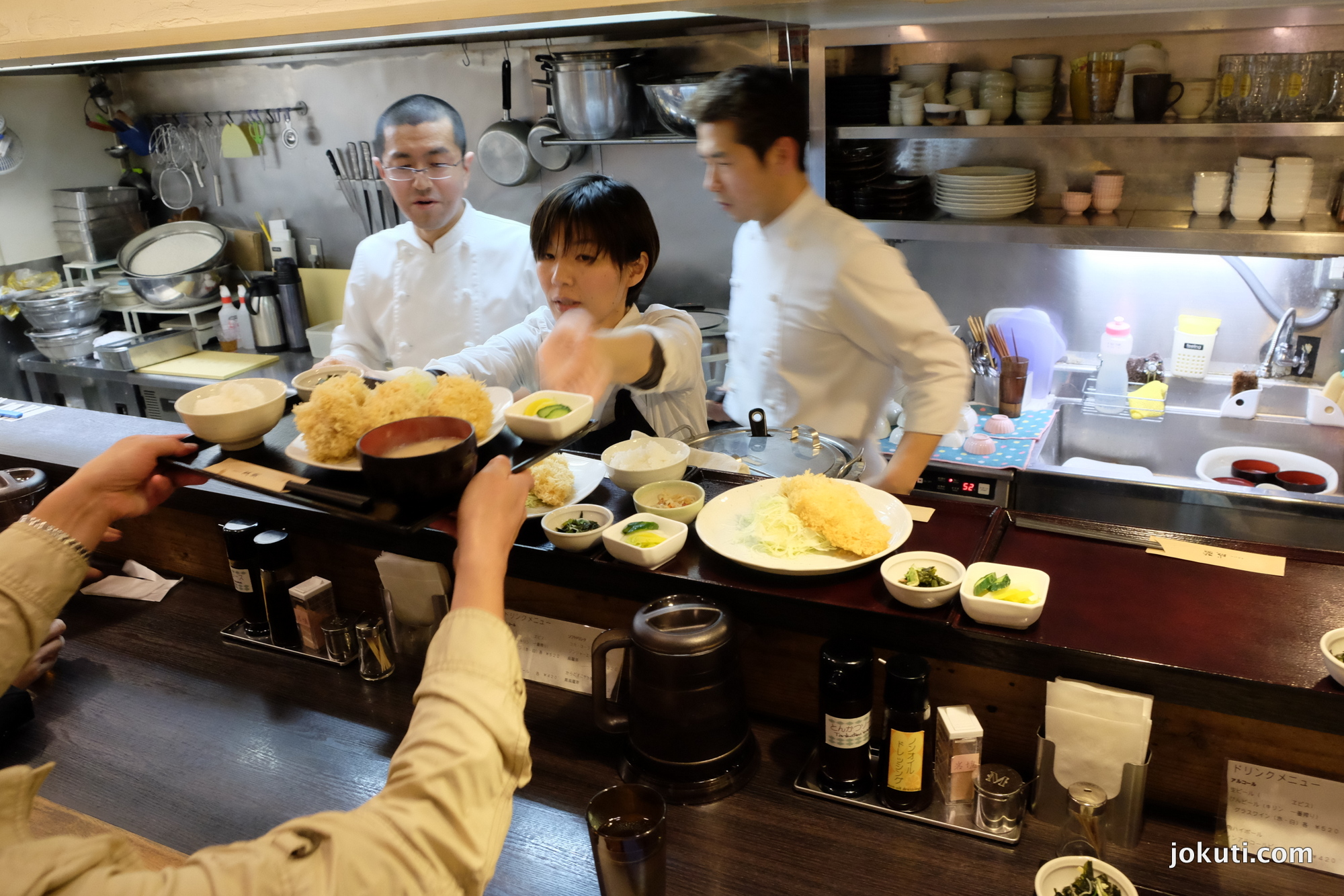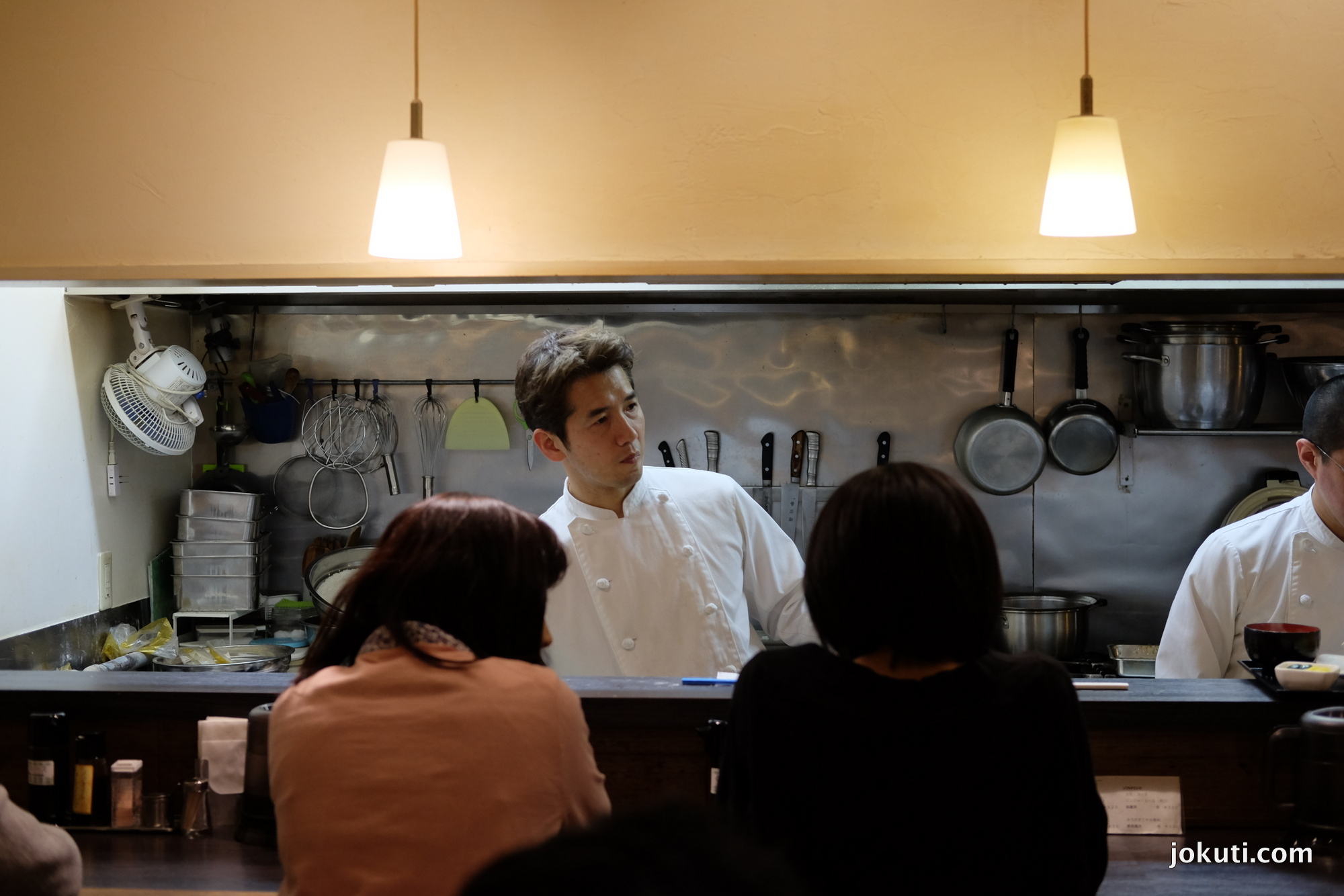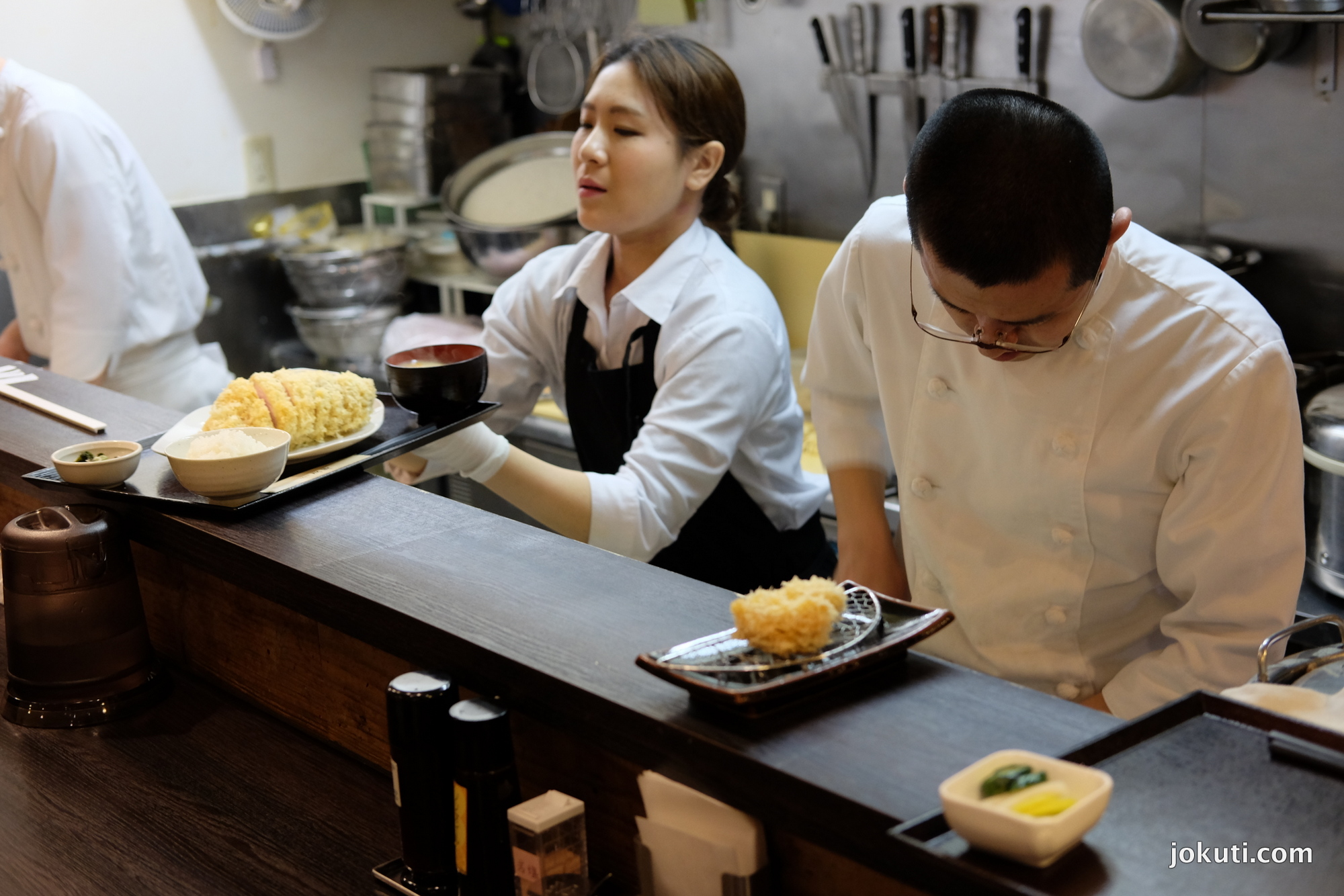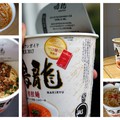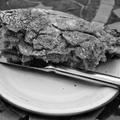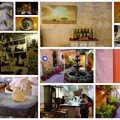There is a man, who doesn't do anything but fries meat in his basement. Pork, to be precise. The best pork cutlets in the whole world.
Seizo Mitani is one of those professionals, whose lifestyle seems unreasonable for Europeans. A typical professional would think that he knows everything about his profession, after only a few weeks. A Japanese shokunin, on the other hand, strives in his whole life to learn and to deepen his knowledge about it, even if he specializes in a very special segment. Shokunin means professional, craftsman but it actually means much more. Technical skills, knowledge, as well as the attitude and social awareness that comes with it. The commitment, that the acquired knowledge will be used for the benefit of others. That's the shokunin's responsibility.
And if it is the breading and frying of pork cutlets, then this is what the master turns into our benefit. The shokunin's life might sound fairytale-like, but to experience this knowledge, we have to be tried and stand for the test. Literally. If you want to enter Narikura, this tiny restaurant in a basement, you have to stand in a queue. For a long time. Maybe even longer. In my case, this meant standing 2 hours on the street, and later on the steps, leading down to the cellar. I did this with my Japanese friend, who was obviously waiting patiently, as he is already used to fact that this is the way to get into the best restaurants. Moreover, this works vice-versa, if you see a long queue in Japan, it's worth to join, because at the end, something very good is waiting for you.
It's somewhat comforting when you get a menu while lining up. This happens still on the street, but it is reassuring, and a guarantee that we will still be served when getting in. And of course, a little excitement in the monotony of waiting. The menu is quite detailed and descriptive; it lists a number of pork varieties and cuts. It's perfect for orientation. If someone understands Japanese perfectly. This is how one side looks like.
With the help of the little drawings and a narrow Japanese vocabulary, and of course, the pricing, you can find your way but a bit of uncertainty always remains. But this is what I like in Japan: here, you can never be 100% sure where are you headed, there's always a pleasant risk factor everywhere. This time, with the help of my friend, Take, we eliminated it and we ordered a tasting plate, with thinner and fattier slices, a mini portion of fillet and - as I wished - a shirako, too. This, you haven't eaten before, ever. I show you what it is, it's visible on the last picture.
It's
As side for a tonkatsu, you'd always get shredded cabbage, rice, tonkatsu sauce (use it only sparingly with such noble meat), spice salt blends, pickles, soup. It is fried obviously in pork fat, in the best places even very slowly. All the slices are breaded a la minute, nothing is prepared in advance. This is how they work in the Narikura:
And this is the Hungarian-Japanese happiness over the
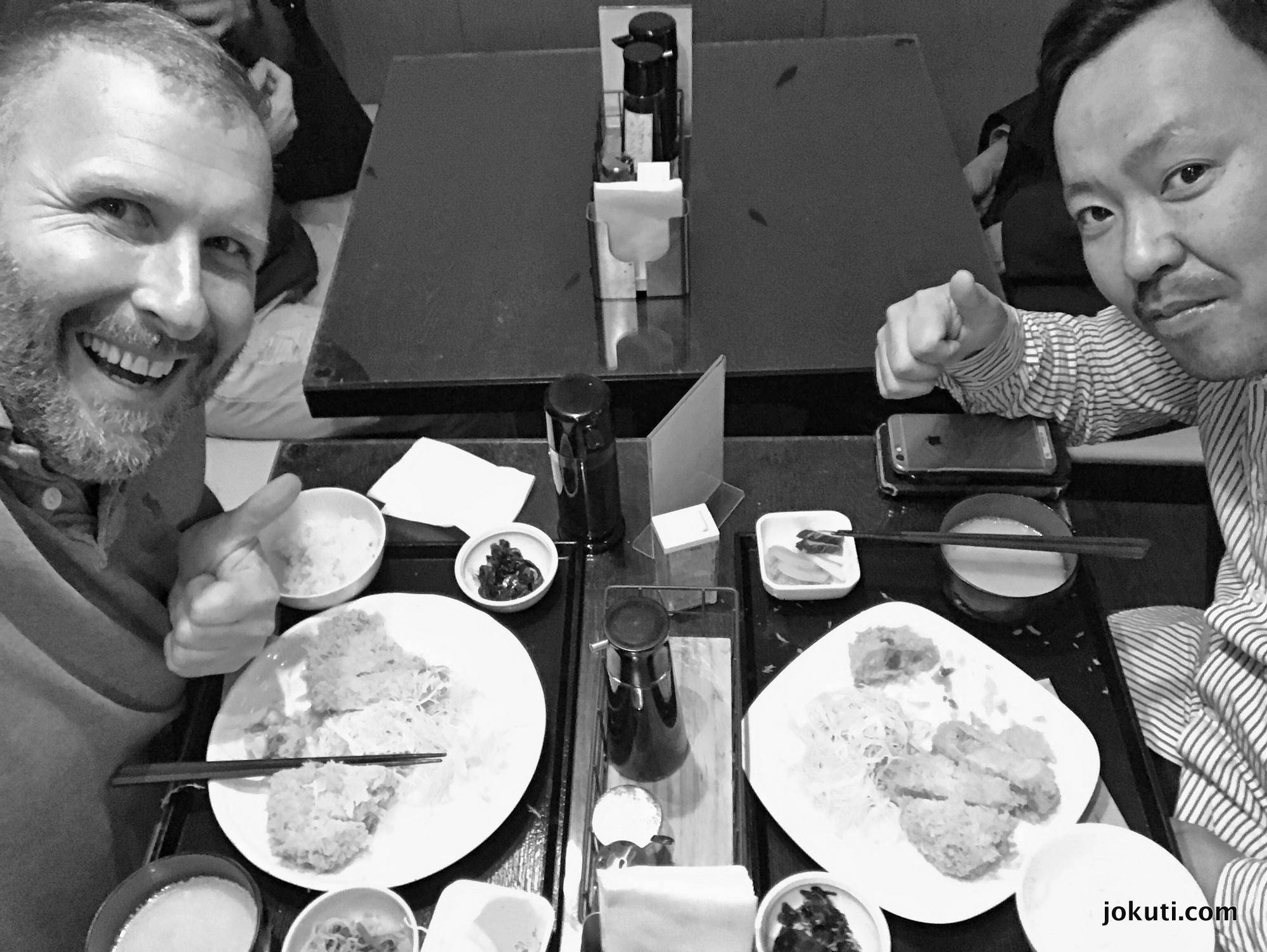
Tomorrow I run the Paris marathon, then a few posts will follow from Japan, Paris, and soon I'll be off to Mexico! Follow me live on Instagram.


